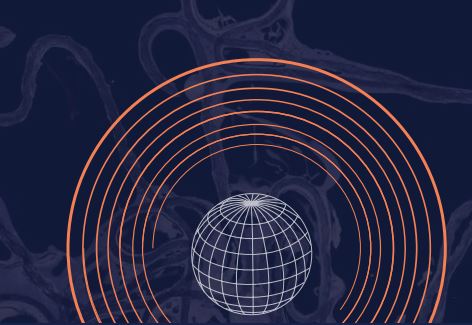This collection includes content presented at the 2018 and 2021 Dayton Funk Symposia at the University of Dayton. Many records contain video recordings of the presentations.
The Dayton Funk Symposium documents the African American Funk music movement that put Dayton, Ohio, on the map in the 1970s and 1980s, leading to its identification as the World Capitol of Funk. The symposium is a project of the Graul Chair in Arts and Languages.-

Dayton Funk Symposium Welcome
Sharon Davis Gratto
Words of welcome from Sharon Davis Gratto, professor of music and Graul Chair in Arts and Humanities.
-

The Land of Funk: Dayton’s Stone Street Mural
Morris Howard and Brittni Long
Presentation is based on the completion of “The Land of Funk” mural on Stone Street in downtown Dayton. The mural honors bands of the funk era that are from Dayton, e.g., the Ohio Players, Heatwave, Lakeside, Slave, Fazeo, Sun, and Zapp featuring Roger Troutman.
-

Detroit’s Lost Soul: Erasing the African American Voice in the Aftermath of Motown
Christian Matijas-Mecca
-

Closing Roundtable: Reflections on the Symposium
John McCombe
Moderator: Dr. John McCombe, professor of English, University of Dayton; panelists: Stan "The Man" Brooks, Dr. Scot Brown, Jesse Rae, Dr. Frederick "Rickey" Vincent, David Webb, and Joseph Wooten
-

Black Music Matters: Jazz, Funk and the Academy
Ed Sarath
This talk situates funk and its close relationship with jazz within the overarching context of black music in higher education.
-

Introductory Roundtable: Looking Back at Funk History in Dayton
Todd Uhlman
Moderator: Dr. Todd Uhlman; panelists: Ericka Blount, Keith Harrison, Clarence Willis
-

Funk Dance Party
University of Dayton
Featuring the male vocal quartet Motown Sounds of Touch; the Dayton Funk All-Stars and the Dayton Contemporary Dance Company; admission is free, but tickets are required.
-

The Sounds of Black America: Funk and Dayton, Ohio
Matthew Valnes
This essay proposes a framework called the “sounds of black America” to argue that the social and cultural interactions unique to a specific locality results in a particular approach to funk as sound organization. Drawing on George Lipsitz’s concept of the “Black Spatial Imaginary” and using the music of the Ohio Players as a case study, I demonstrate how the music programs in Dayton-area schools can help us understand the particular approach to funk that came out of Dayton in the late 1960s through the 1970s.
-

Dayton Funk Symposium Program
Elizabeth Weiler
Conference program
Designer: Elizabeth Weiler
Faculty advisor: Misty Thomas-Trout











